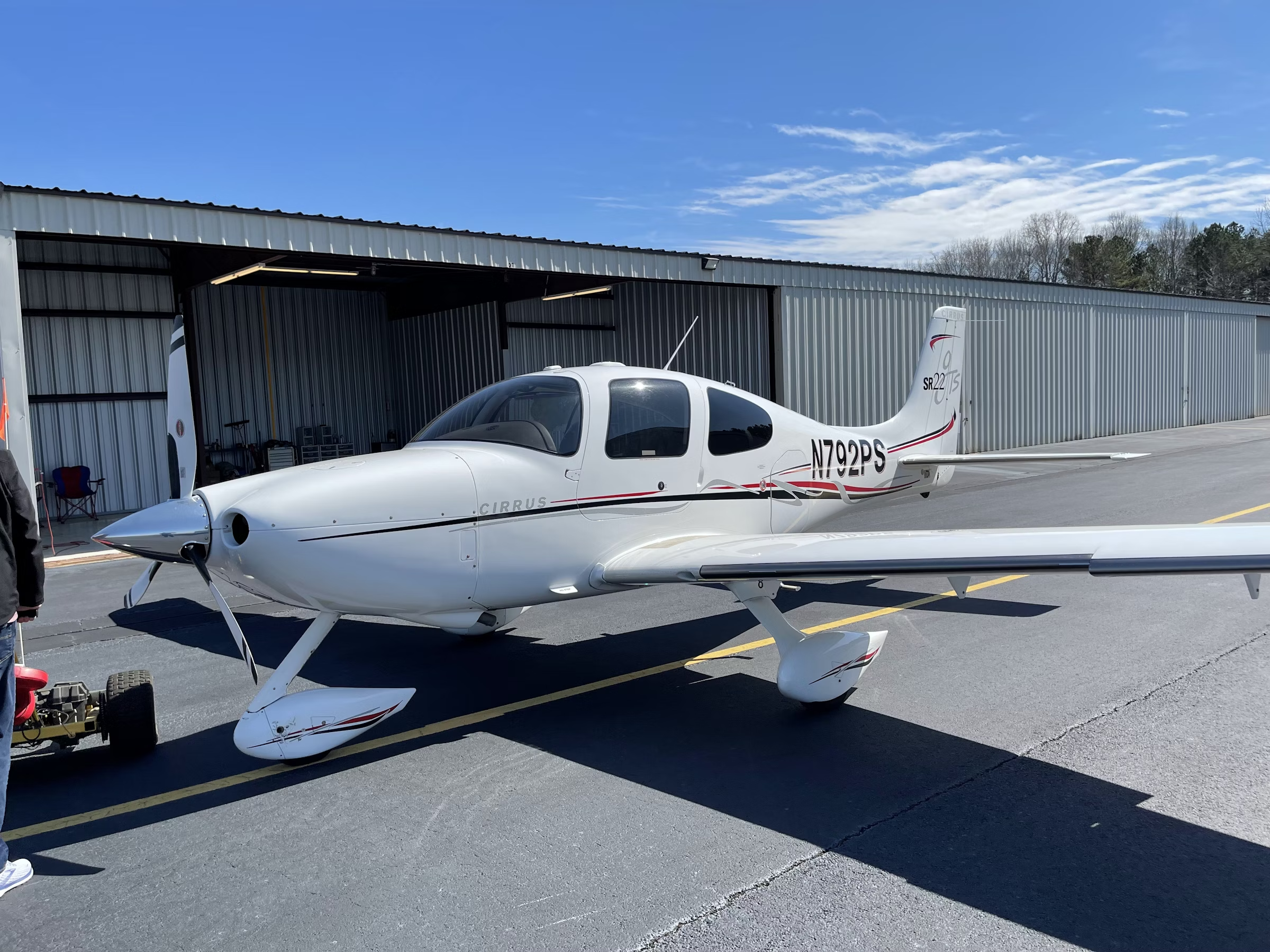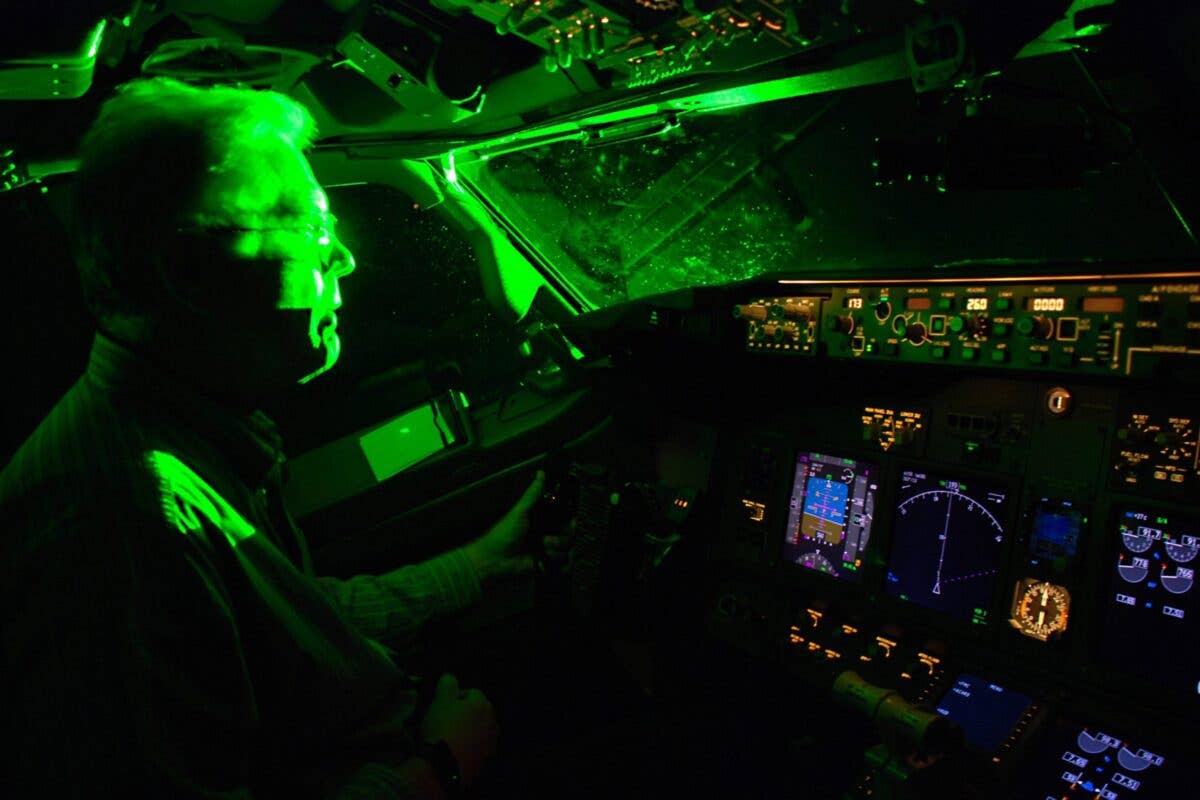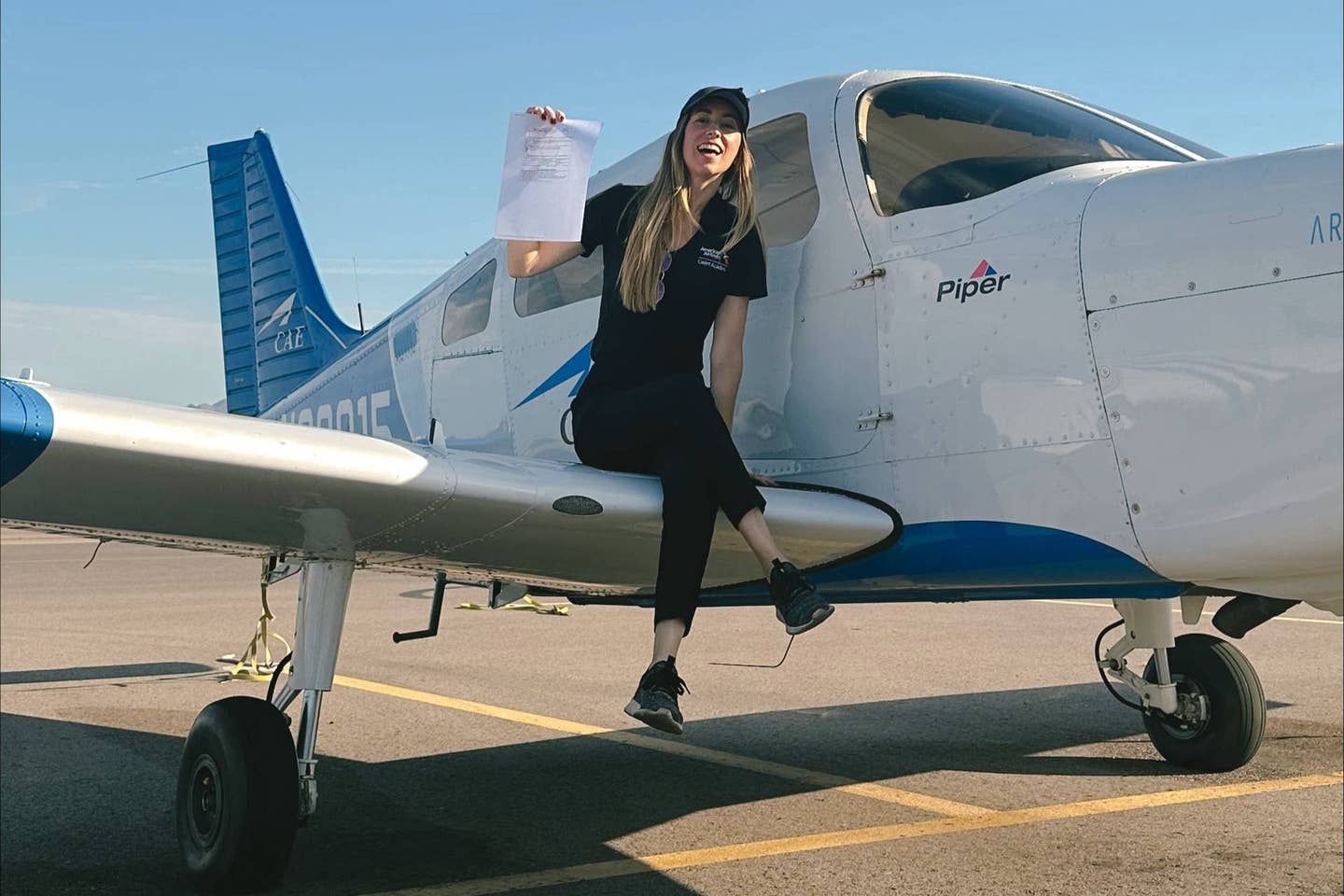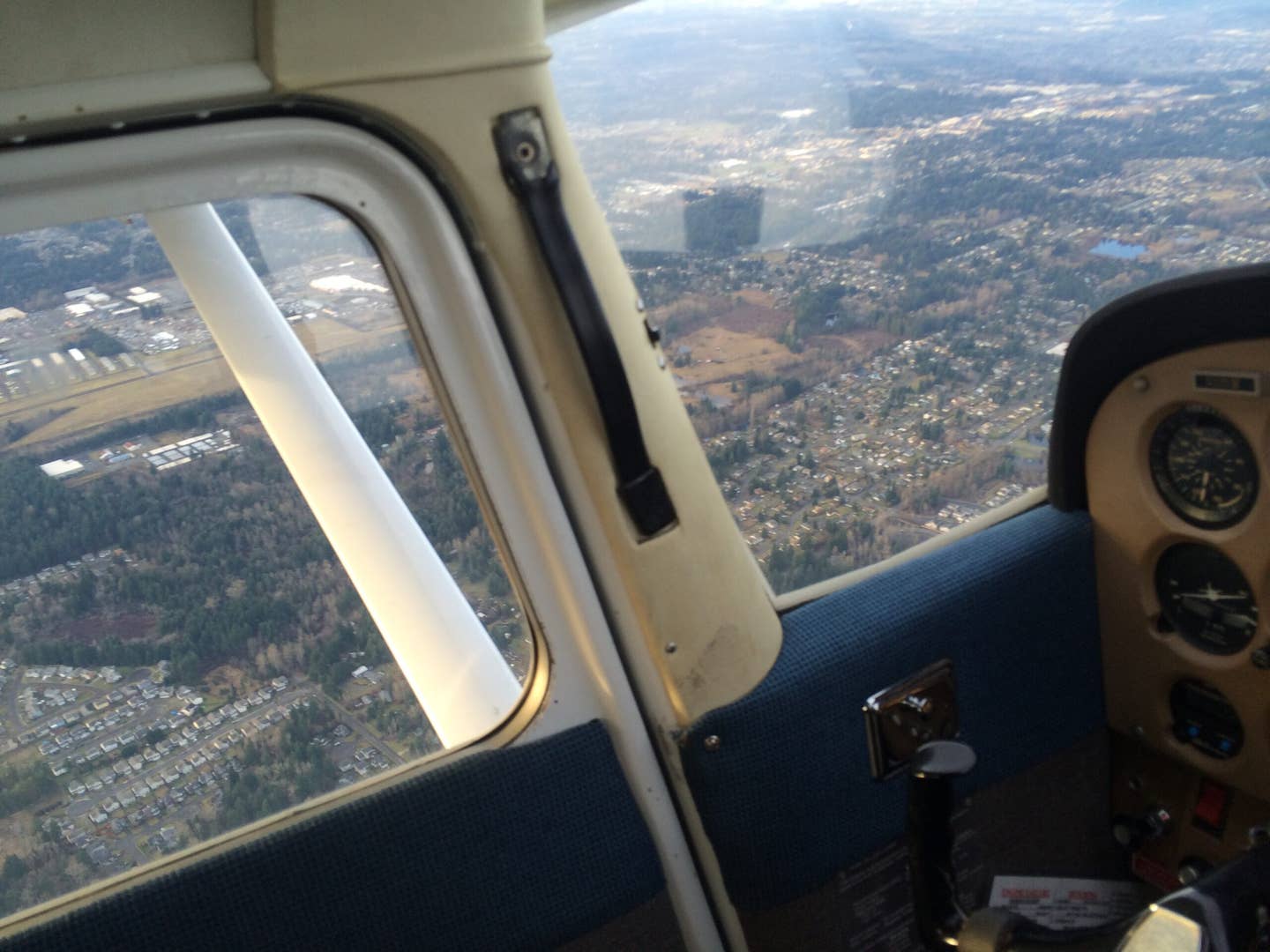Don’t Forget: Flight Instruction Is a Business
Whether working independently or for a school, keeping more than a logbook just comes with the CFI territory
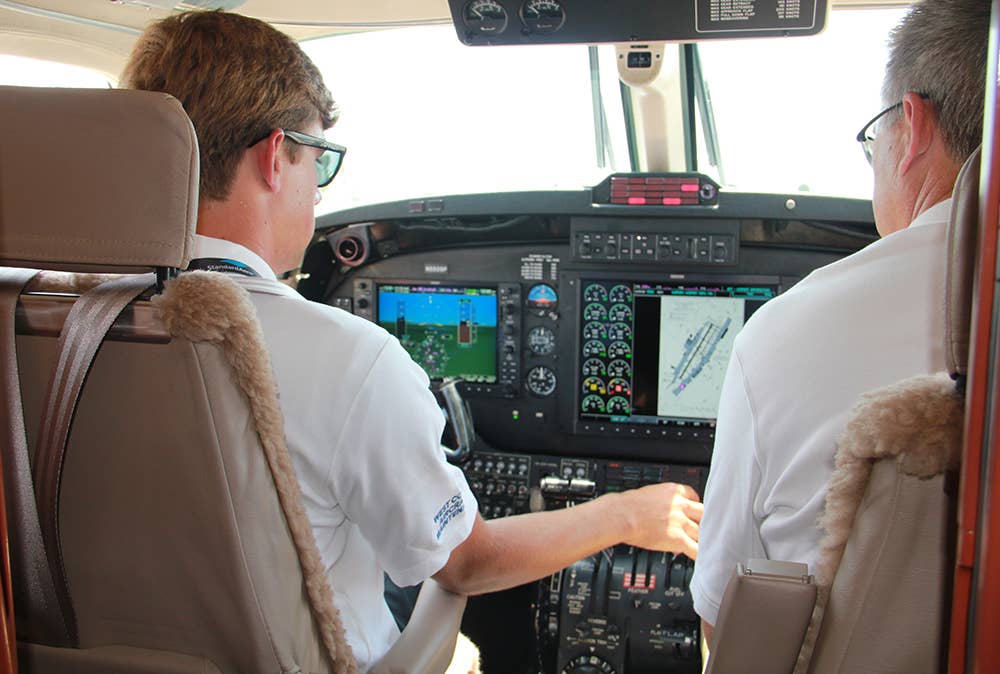
It’s more than just logging time, so CFIs need to run it like a business. [Shutterstock]
"Am I supposed to pay you?"
The independent CFI heard this after completing a flight review for a customer who owned a Cessna 182. The CFI was a relatively low-time instructor. He had spent a little over 2.5 hours with the client and asked for $50, which was considerably less than the C-182 owner would have spent if he went through one of the flight schools at the airport even using his own airplane.
The CFI had grown up at the airport. To many of the pilots he was still “that kid” who washed airplanes, swept hangars, and pumped gas in exchange for a few hours here and there of dual instruction or a ride. As the CFI had a reputation for flying just to get hours, the customer’s question was understandable.
The CFI was having difficulty making the transition to professional pilot, and he wasn't sure what records he needed to keep, both for training and business. That part of being an instructor was not covered in the FARs, he noted. Learning had to take place.
Training Records
Recordkeeping is a big part of being a CFI, and it is more than instruction given—although that’s where it starts. No matter if you are self-employed or working at a flight school, you will need to keep track of endorsements you provide, starting with the TSA proof of citizenship that is required before flight instruction can be given, first solo endorsements, cross-country endorsements, etc. Use Advisory Circular 61-65 as your guide for what endorsements and their wording that need to be given for each certificate or rating.
- READ MORE: 5 Biggest Mistakes Student Pilots Make
You may want to create a hard-copy binder for these or a digitized file, or both. It’s a good idea to keep your own records because things get lost at flight schools, and the person working the desk may not know what is important and what isn’t.
Be sure to log all dual instruction given, be it ground, flight, or AATD, in both the learner's and your own logbook or reliable record per cFAR 61.51. Note the time of each session as well as details on what was covered. If a logbook goes missing—either yours or the learners—these notes can help you recreate or verify hours. Training records are required to be kept for three years. The TSA endorsement records for five years.
Payment Records and Taxes
With the creation of apps like Venmo, PayPal, etc., it is fairly easy to submit a request for payment and verify when it is received. If you prefer cash or trade (such as bags of dogfood, a load of firewood, or an oil change on your car in lieu of payment) keep a ledger with this information as well.
- READ MORE: IFR Training: More Than Just a Requirement
When you are self-employed, essentially you are an independent contractor and responsible for covering your own taxes. To protect yourself from unpleasant surprises, take whatever you are paid and put half of it aside to pay taxes. Many self-employed persons opt to pay quarterly rather than annually. Talk with a tax professional on what would work best for you.
Create an LLC
Depending on the laws in your city and state, to legally exercise the privileges of your commercial pilot certificate, you may need to have a business and a business license. In some states your best option is a limited liability company (LLC). This allows you to protect your personal assets such as your bank account, car, etc. You can find information online that will walk you through this, or set up an appointment with a tax professional or financial advisor.
It is very important to keep track of money coming in and going out for your recurrency training, business cards, website management, additional certificates and ratings, pilot supplies, and fuel and aircraft rental if appropriate. Don't forget to count proficiency flights as business expenses along with the expense of renewing your CFI ticket.
Make sure to have a business bank account along with a personal one. Pay yourself a salary.
Create Business Policies
At flight schools clients are often asked to sign a "no-show" policy agreement. Basically it states no-show/no-call (NSNC) means the client will be billed, usually a fraction of the instructor/aircraft fee, and if there are too many of these NSNCs, the client is no longer allowed on the schedule.
Fair warning: You can ask a client to sign this agreement, and they may sign, but collecting if they no-show is another story.
Finding Classroom Space
One of the most challenging aspects of being an independent CFI is finding space for ground lessons. It may be limited to the preflight and postflight briefing, or there may be full-blown ground lessons on aircraft systems, air space, and cross-country flight planning.
If you thought the inside of an airplane makes a poor classroom, wait until you are in an unheated T-hangar in the winter. You may be able to work a deal with an FBO to allow you to use its conference room for a price for the longer sessions, such as the mock check ride, or you may find yourself setting up shop in the corner of a Starbucks. If you do the latter, buy some food, tip the baristas, and limit the sessions to no more than three hours. You may want to invest in a travel-sized whiteboard and markers for lessons.
Working for a Flight School
If you opt to work at a flight school, review your paycheck carefully. Although the employer is supposed to be taking out taxes, it's up to the employees to make sure it is happening and it is the correct amount.
There are some flight schools that pay their CFIs below the minimum wage with the concept that the CFIs are earning hours toward future jobs and that is a big part of the compensation. Or they pay less for ground instruction and more for the upper-tier certificates like multiengine or CFI. Know what to expect on your paycheck and double-check it against the amount received.
Keep track of the hours flown and of ground given and billed for, because there are some flight school owners who will (illegally) withhold pay if they want the CFI to quit or are having trouble making payroll.
If the school requires you to pay for aircraft rental for proficiency or currency flights, keep track of this expenditure as well, as many schools offer a discount to their employees.

Sign-up for newsletters & special offers!
Get the latest FLYING stories & special offers delivered directly to your inbox



